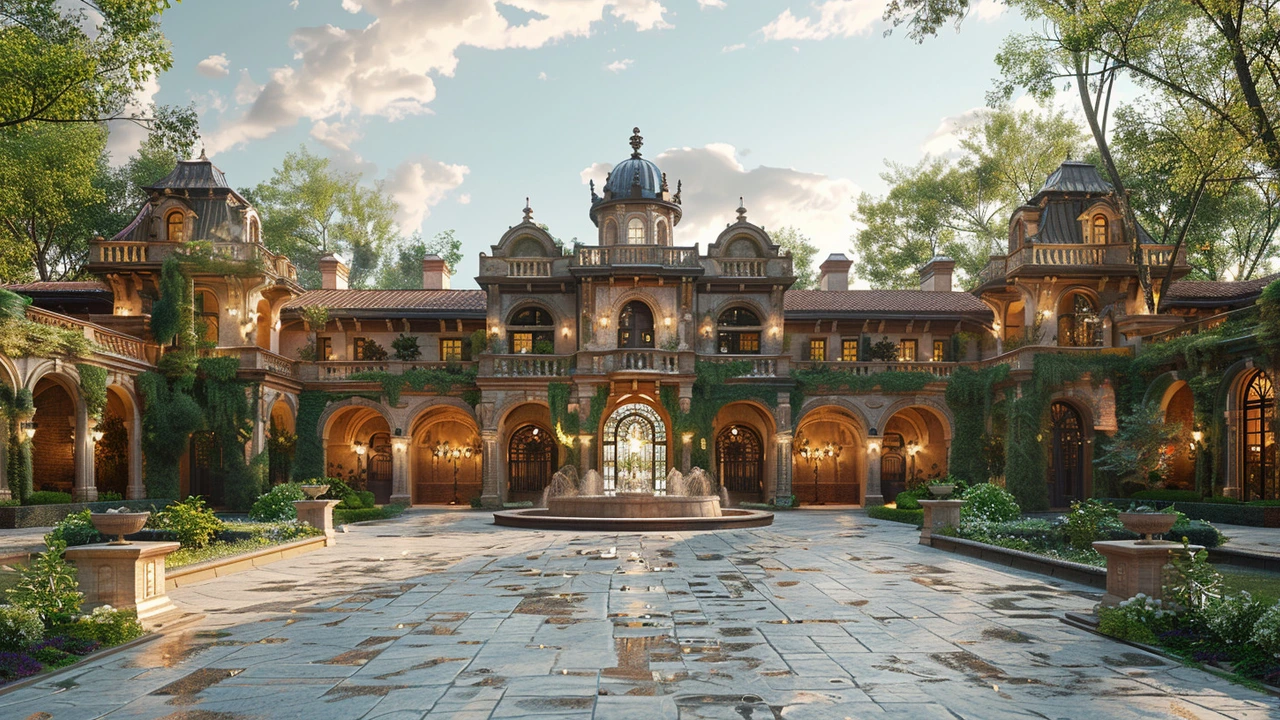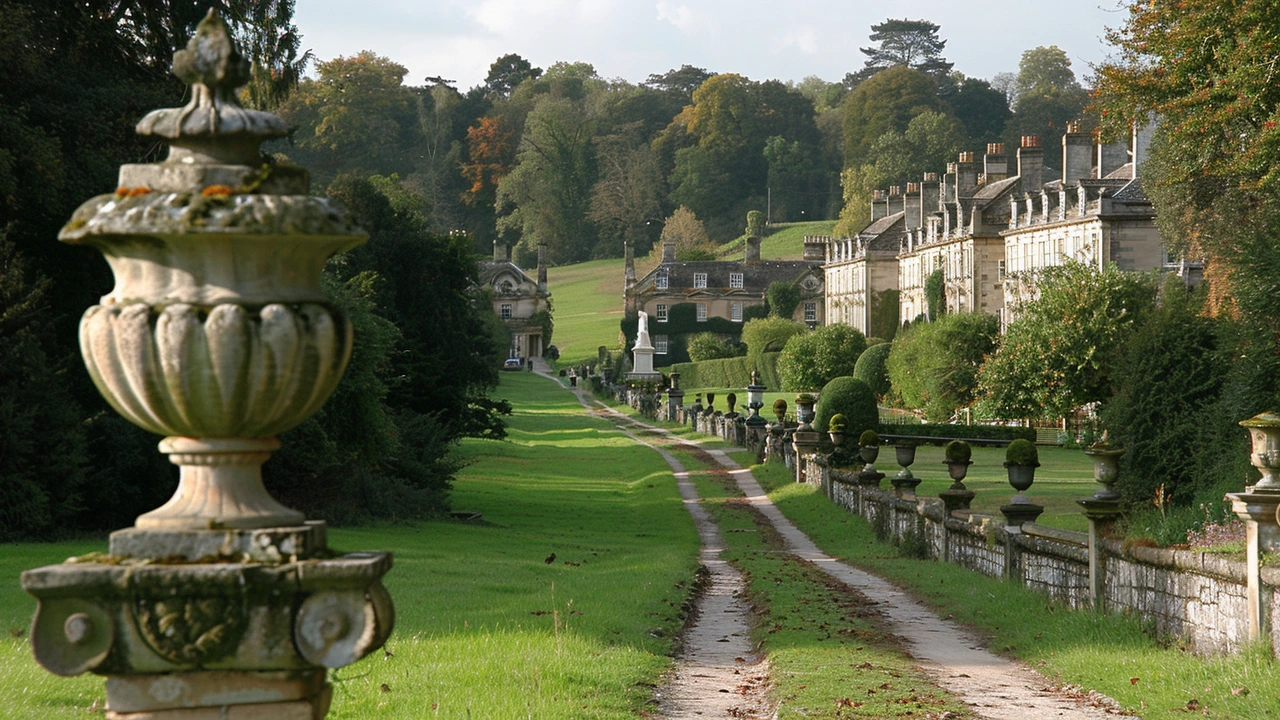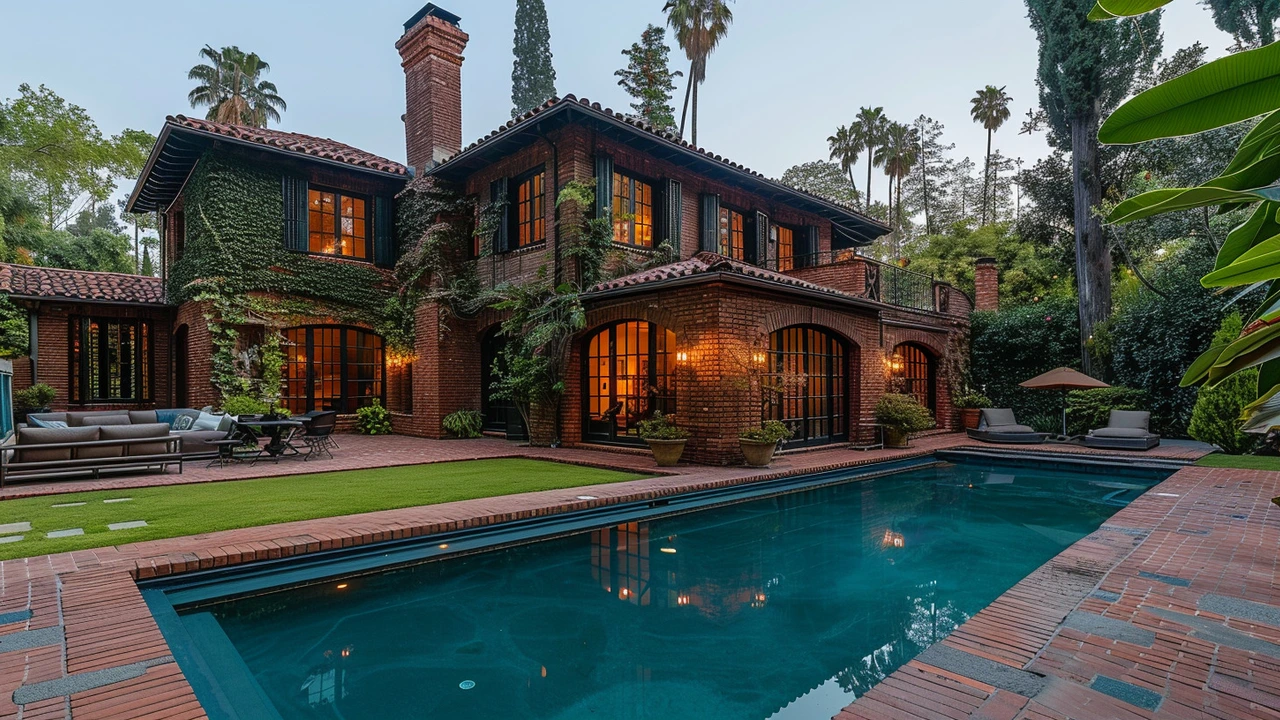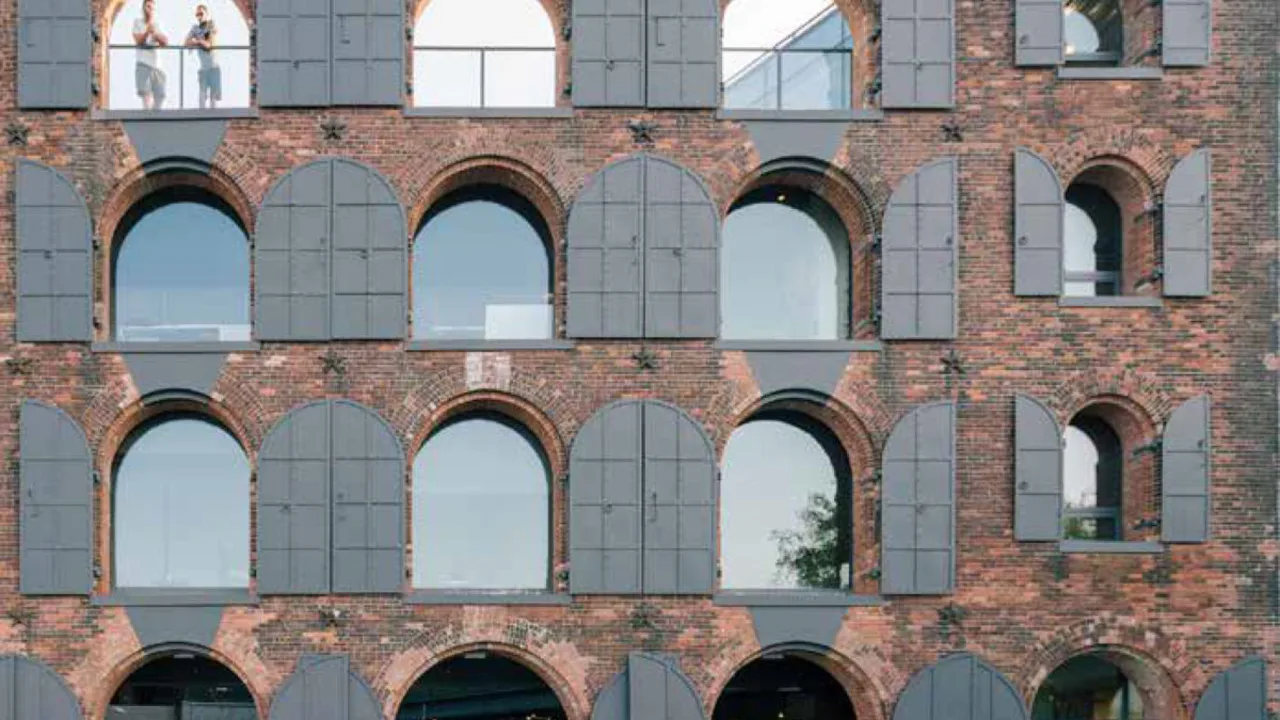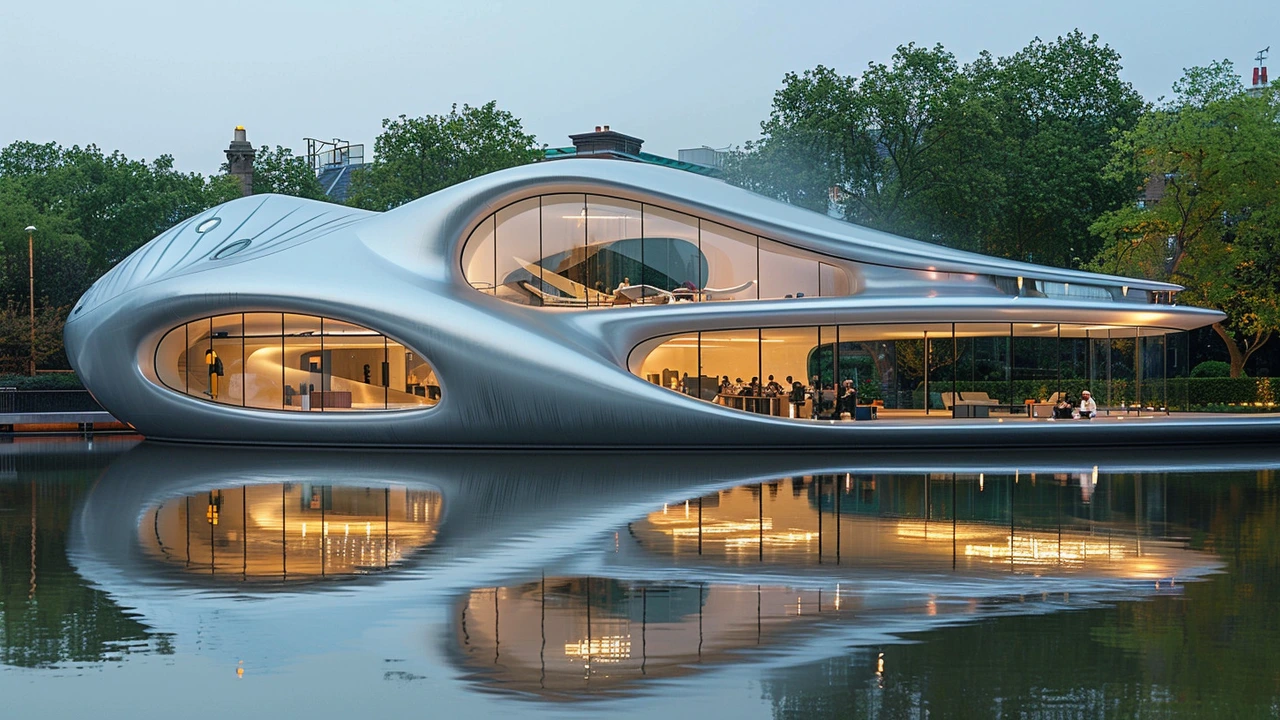Dive into the extravagant world of Baroque architecture, characterized by its dramatic use of shapes and rich decorations. This article delves into the intricacies of Baroque aesthetics from the late 16th century, exploring its roots, evolution, and key examples across Europe. Learn about the significant builders who propelled this style into prominence and discover how modern periods interpret these architectural marvels. The article also offers practical insights into observing and experiencing Baroque architecture today.
Architecture Archive — April 2024: What to Know About These Styles
April brought a focused run of posts on historic and influential architectural styles — from ornament-heavy Baroque to the functional boldness of Constructivism. If you care about how past ideas keep shaping homes, public buildings, and design thinking today, this archive groups smart, practical reads you can use right away.
What’s in the collection
We covered eight distinct styles this month. Each piece explains origins, signature features, and why the style still matters. Want a quick guide to spot them? Baroque shows dramatic curves, heavy decoration, and theatrical spaces. Italianate favors low-pitched roofs, tall windows, and bracketed eaves. Gothic Revival uses pointed arches, vertical lines, and intricate tracery. Georgian is all about balance: symmetry, sash windows, and classical proportions. Tudor brings half-timbering, steep gables, and cozy interiors. Colonial covers varied regional details but centers on simple, durable layouts. Constructivist stands out for geometric forms and social purpose, often tied to early Soviet ideals. Expressionist pushes dynamic forms, unusual materials, and emotional impact.
Each article balances history with clear examples. You’ll find named buildings, influential architects, and the turning points that pushed a style from local to widely copied. The posts don’t heap academic jargon onto you — they point to visible clues you can use on a walk, a renovation, or a design brief.
How to use these ideas today
Thinking of a renovation or a design project? Use these posts to match form and function. If you want drama in a public space, Baroque lessons on scale and ornament help. For adaptable residential details, Georgian and Colonial explain why proportion and layout age well. Want character in a suburban home? Tudor touches like exposed beams and leaded windows add warmth without rebuilding the whole house. If your project is about social utility or bold new forms, Constructivist and Expressionist examples show how to prioritize structure and feeling over purely decorative choices.
Practical tips from the archive include: focus on key features when restoring (don’t try to copy everything), pick a few authentic details if you’re blending old and new, and study original materials so repairs last. Several posts also offer preservation pointers — when to conserve original fabric versus when to adapt for modern systems like insulation or accessibility.
Want a fast next step? Browse the individual posts for visuals and short field-check lists. If you’re working with a contractor or designer, bring a photo and the article that matches the style — it helps everyone stay on the same page. This April archive is meant to be both a reference and a toolbox: clear history, visible examples, and immediately useful guidance for real projects.
Italianate Architecture is an influential architectural style that flourished during the mid-19th century, primarily in Europe and America. This article delves into the rich history of Italianate architecture, exploring its origins, key characteristics, and notable examples. It also discusses the impact of this style on modern architecture and provides insights into preserving these historical structures. The piece covers the evolution of Italianate architecture and its significance in the architectural heritage.
Gothic Revival Architecture has woven itself into the tapestry of modern design by influencing contemporary architectural expressions. This article explores how the ornate and intricate features of Gothic Revival have been reinterpreted in today's architectural scene. It delves into the ideological roots of the style and its metamorphosis into modern interpretations, demonstrating its significance in present-day building practices. The discussion focuses on how these historical elements are harnessed to enhance aesthetic and functional aspects of modern buildings.
This article delves into the elegance and historical significance of Georgian architecture. Spanning from the early 18th to the early 19th centuries, this architectural style is renowned for its symmetry and classic proportions. The piece explores key elements of the style, notable examples across the globe, and its lasting influence on contemporary architecture. Readers will gain an understanding of its cultural and aesthetic importance.
Tudor architecture, with its distinctive features and historical significance, continues to captivate the modern homeowner. This article delves into the reasons behind the enduring appeal of Tudor-style homes in the 21st century. From the storybook charm of their exteriors to the warmth of the interior woodwork, discover what makes these historical homes as desirable now as they were centuries ago. We also explore the practical and aesthetic considerations for incorporating Tudor design elements into contemporary homes.
Colonial architecture holds a unique place in the history of American homes, offering timeless elegance and diverse styles. This article delves into the essence of colonial architecture, its historical significance, and the challenges and rewards of restoring such properties. Discover practical tips for preserving or renovating your colonial home, along with inspirational stories that highlight the beauty and enduring legacy of this architectural style. Whether you're a homeowner, architect, or history enthusiast, this guide offers valuable insights into celebrating and preserving the classic charm of colonial architecture.
Dive into the world of Constructivist Architecture, a movement that redefined the boundaries between aesthetic design and practical function. This article delves into the origins of this innovative style, its key characteristics, and the influential architects behind it. Through exploring iconic examples of Constructivist buildings, readers will gain insight into how this architectural approach integrates form with social purpose, blending the creative with the utilitarian in ways that continue to inspire modern architecture today.
Dive into the world of Expressionist Architecture and discover the unique features that set it apart. Delve into the historical context that gave birth to this fascinating style, explore its most distinctive characteristics, and learn about the iconic buildings that exemplify Expressionist architecture at its finest. This article offers a deep dive into the topic, providing readers with a thorough understanding of its significance and enduring appeal in the world of architectural design.


